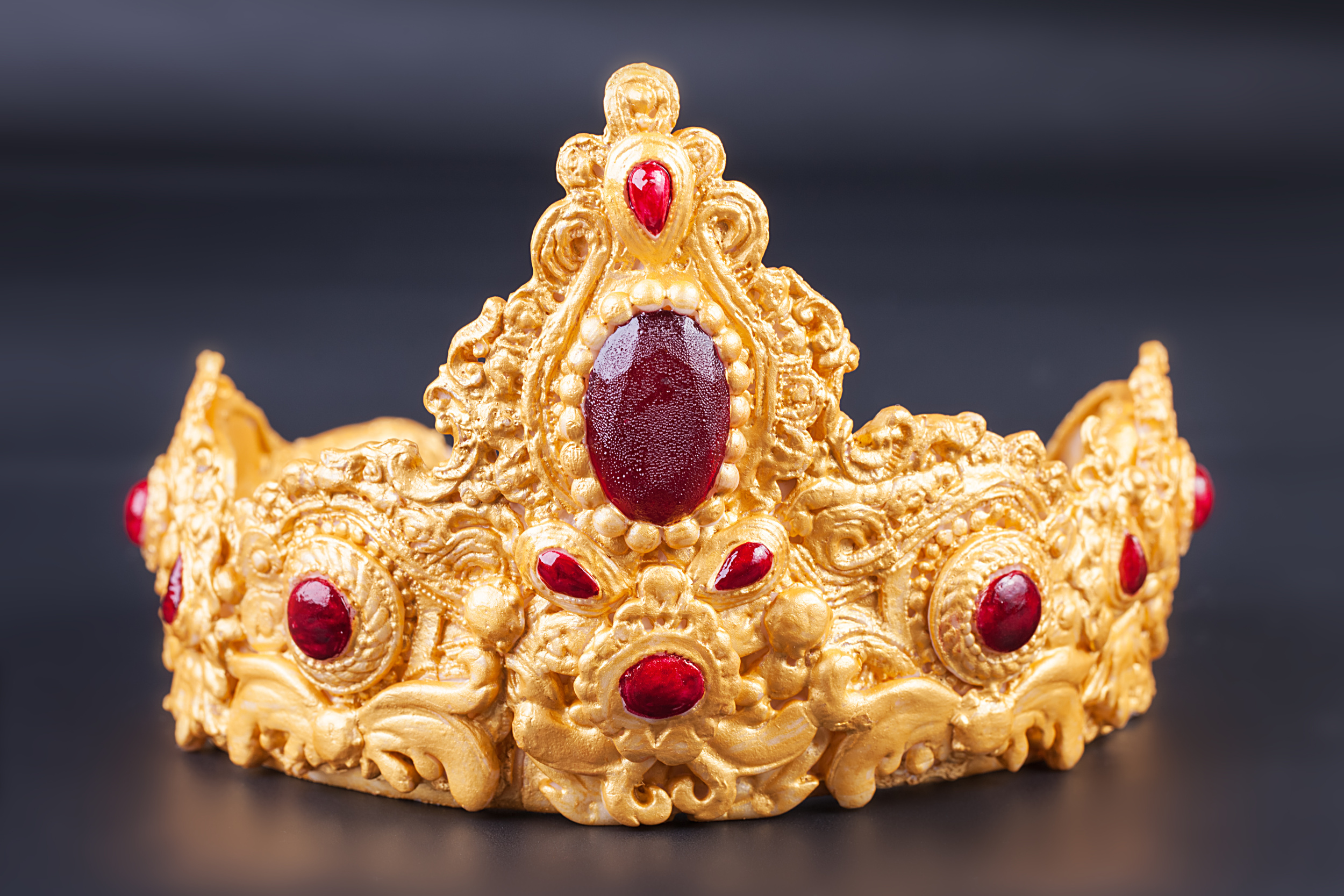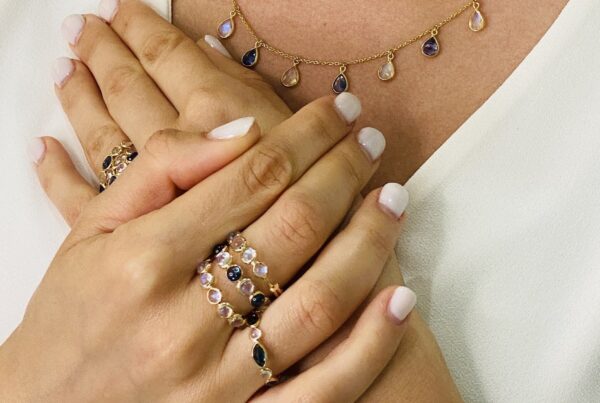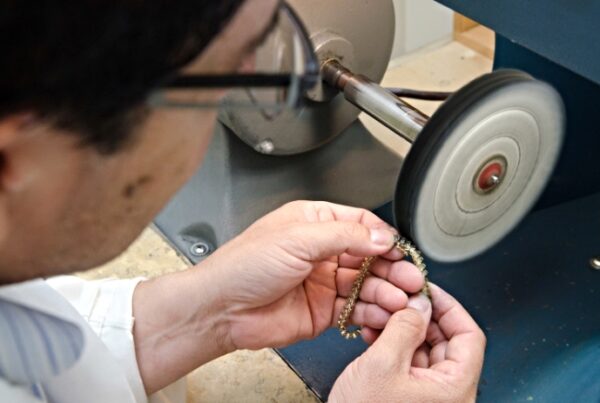16 Facts About Rubies and Their Folklore
For more than two thousand years, cultures throughout the world have highly desired rubies for their brilliance and their vibrant, intense red color. This fiery redhead of gems, however, is valued for more than just its stunning beauty. Over the ages, folklore has credited the exquisite ruby with many mystical powers. Here are 16 facts about rubies and their folklore that might surprise you!
FACTS
Discovery
Rubies were discovered about 2000 ago probably in India, where continues to be a highly prized gem. The Sanskrit word for ruby is “ratnaraj” which roughly translates to “king of the gems.” Name: The word ‘ruby’ comes from the Latin for red – “rubeus,” “ruber,” or “rubens.”
Gem Category
In gemology, only four gems qualify for the elite category of “Precious Gems.” These are the diamond, sapphire, emerald, and the ruby.
Hardness
Rated at 9 on the Mohs scale (which measures the hardness of all gems), rubies and sapphires are second only to diamonds in hardness and durability. Special attention is needed when cutting rubies because they can be brittle.
Composition
Rubies are made of crystallized corundum with a bit of chromium oxide. The term “corundum,” is derived from the Sanskrit word “kuruvinda.”
Color
Rubies are graded first by their intense color and then by the brilliance and “liveliness” (sparkle). The most prized colors for the ruby range from medium-red to dark-red with orange tones to purplish-red. The most exceptional ruby color is called “pigeon’s blood.” A pigeon’s blood ruby has exceptional brilliance, transparency, and is an intense, fiery shade of red, with a subtle hint of blue or purple.
Rubies or Sapphires
The only difference between a ruby and a sapphire is the color! Both are corundum minerals. Those that are light pink are called pink sapphires, while only the deeply rich red gemstones are qualified to be rubies.
Inclusions
It is common for natural rubies to have inclusions. It is one way to determine if a ruby is genuine and a not synthetic, lab-created stone.Treated: Nearly all rubies on the market are treated in some way, usually by heat or diffusion. Non-treated gems are available, but they are rare and extremely costly. Heat treatment improves the depth and evenness of color, as well as the clarity of rubies. Diffusion treatments can significantly enhance the color. There are tests to determine is these gems have been treated, but it is safe assumption is that the rubies found in retail stores have been treated.
Sources
Truly fine rubies larger than 2.0 carats are very rare. Those found are usually from the Far East. The highest quality rubies come from the Mogok mines in the North of Myanmar (formerly Burma.) Once the main source of the very finest and largest “Pigeon’s Blood” rubies, the mines are almost depleted. These rare Mogok rubies are left untreated and are extremely valuable.
The second highest quality rubies are mined in Mong Hsu in the North-East of Myanmar (Burma.) These mines produce sizes that range between 0.5 and 3.0 carats. All Mong Hsu rubies are heat-treated.
Although not the finest quality, rubies acceptable for jewelry are mined in Viet Nam (slightly purple color), Thailand (dark red color tending towards brown and a modulated deep red), Ceylon-Rubies (raspberry colored), and East Africa (gorgeous colors from light to dark red). Poorer quality rubies can be found in Northern Pakistan, Cashmere, Tadzhikistan, Laos, Nepal, Afghanistan, and India.
FOLKLORE
Passion
As a symbol of enduring love, rubies are believed to enhance one’s powers of seduction and virility, and ensure everlasting passion.
Protection
Warriors have worn rubies into battle for their properties of protection, courage, and strength. Carrying rubies into battle is believed to lead to victory. In the “Wizard of Oz,” ruby slippers protected Dorothy from evil forces.
Power
For centuries, royalty has emphasized their ruling status by wearing the crimson gems in their crowns, jewelry, and vestments. They have also worn rubies to enhance their wisdom when faced with crucial decisions, especially regarding financial matters. They were also used to fuel ambition in men.
Happiness
A ruby amulet, pendant, or charm is believed to bestow harmony, success, emotional balance, and contentment to its wearer.
Healing Powers
Rubbing this gemstone on one’s skin improves physical and mental health. It will purge the body of toxins and revitalize energy. The ruby stimulates the heart Chakra and improves blood circulation. Patients are warned not to use rubies near the Solar Plexus area, however, because of possible harmful effects.
In Russia, Ivan the Terrible trusted that this gem was therapeutic for the heart and mental acuteness. In the 13th century, ground rubies were considered a cure for liver problems.
Prophetic
In the Middle Ages rubies were believed to predict impending danger by turning a darker color.
Worn by kings, cherished the world-over, and the ultimate symbol of love and passion, the ruby has a distinctive history. Whether you believe in its mystical powers or simply love the mesmerizing, deep-red color, the ruby is a truly magical jewel.




